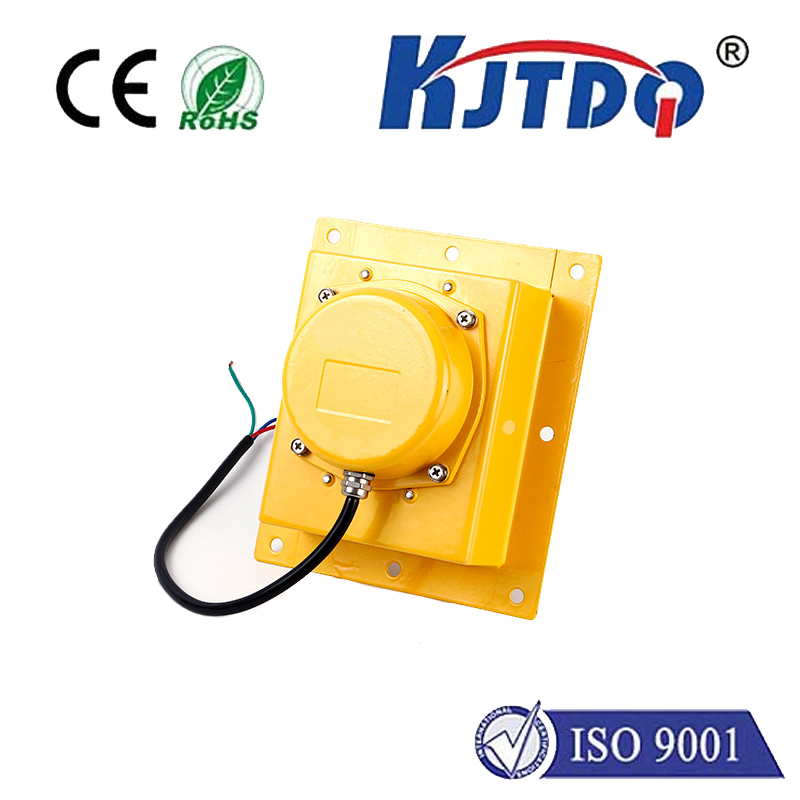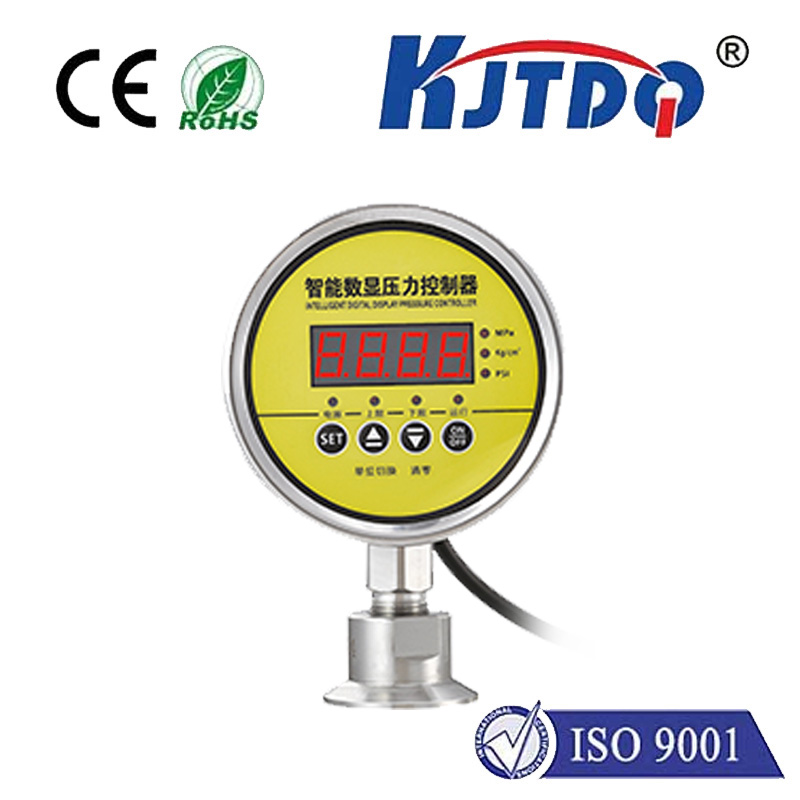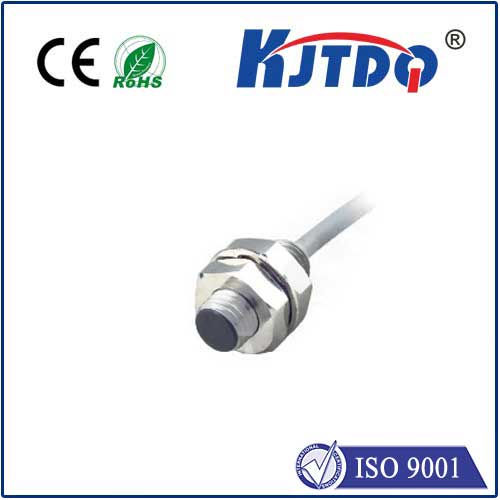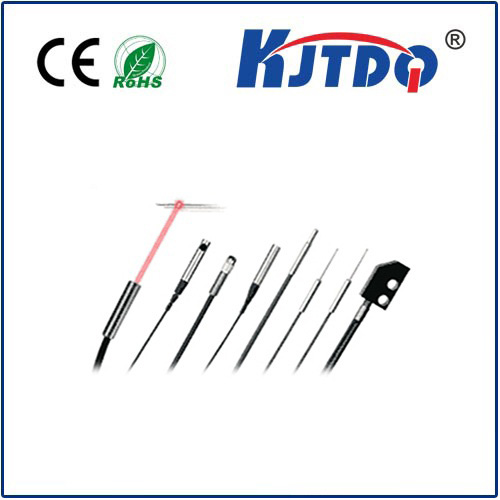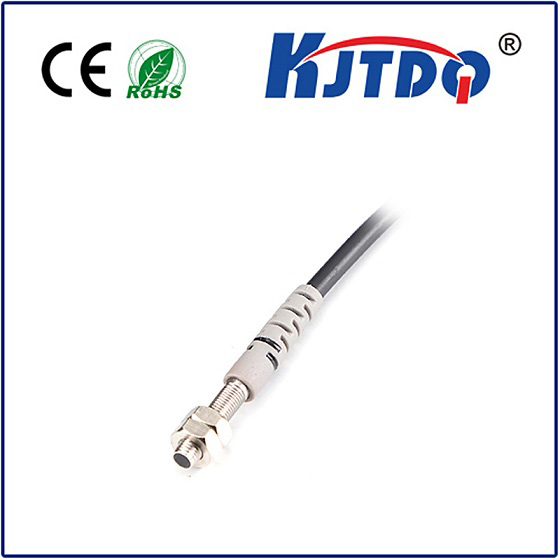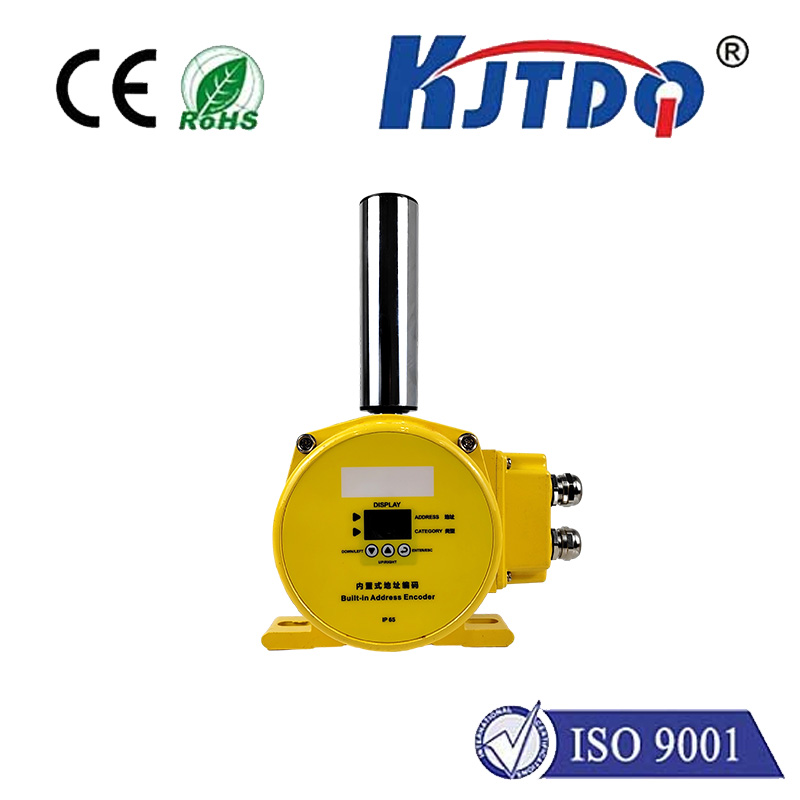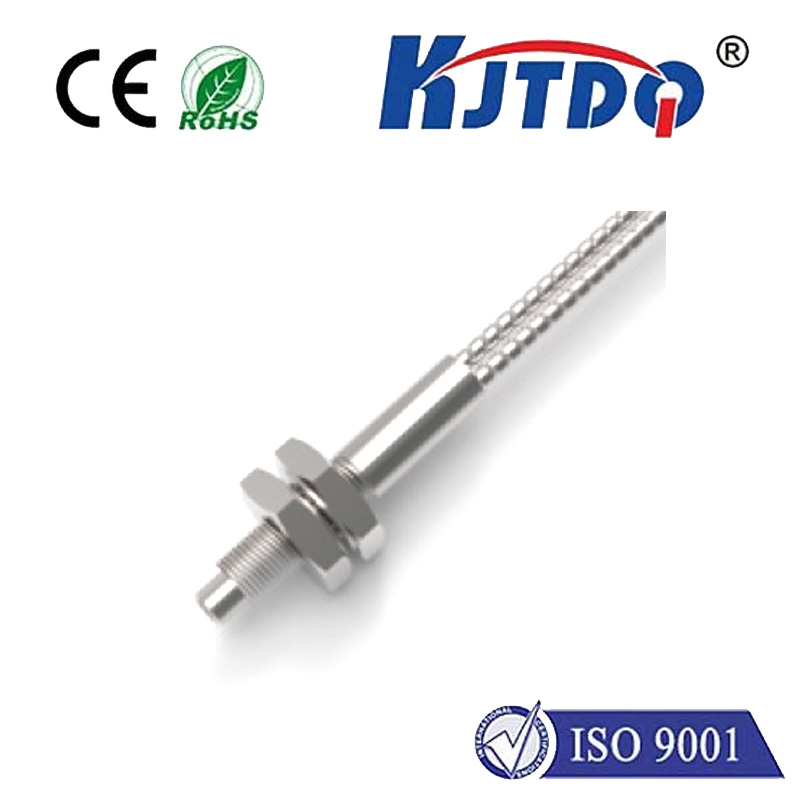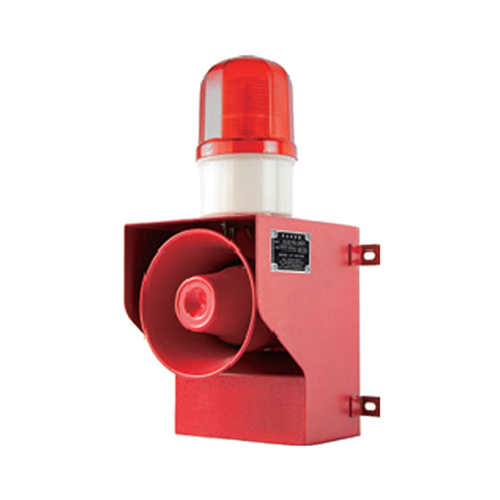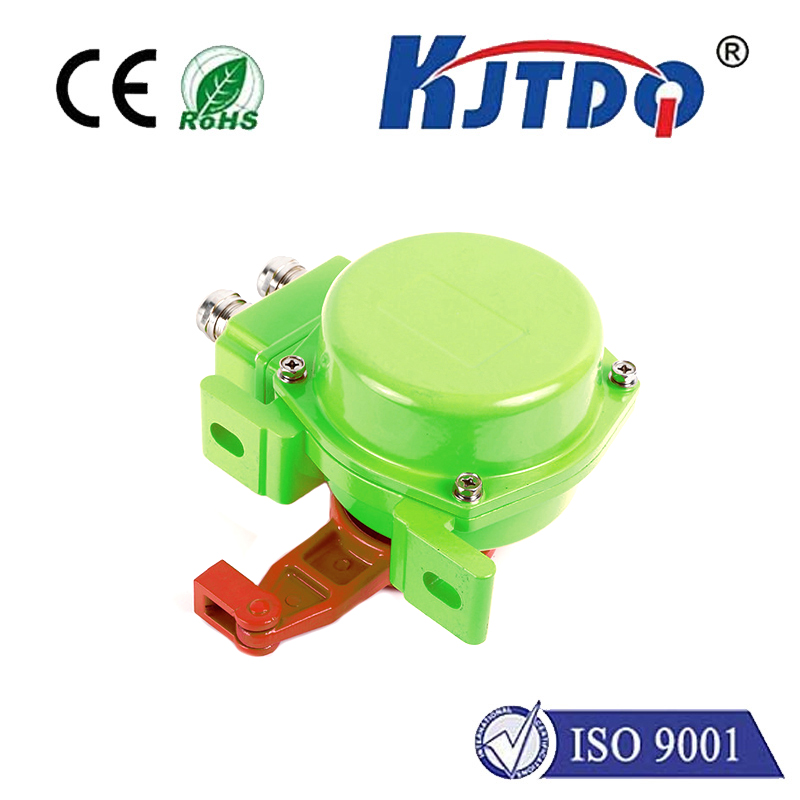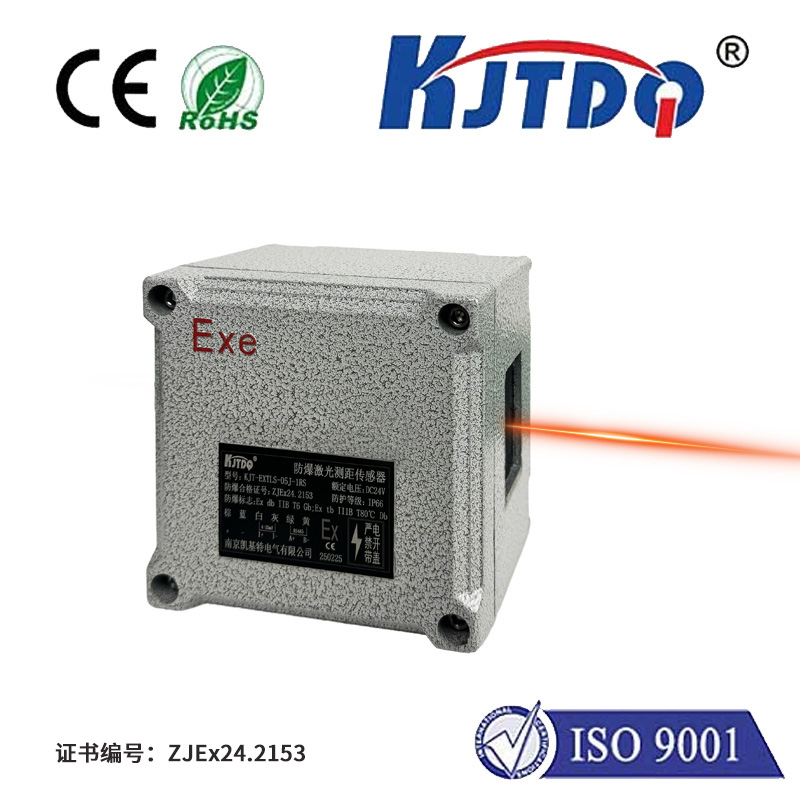vcnl 4010 proximity sensor
- time:2025-06-27 03:50:06
- Click:0
Unlock Proximity Sensing: A Deep Dive into the Versatile VCNL4010 Sensor
(Word Count: Approx. 1000)
Ever wondered how your phone automatically dims its screen during a call, or how a device senses your hand hovering nearby without touch? The magic often lies in a tiny, sophisticated component: the proximity sensor. Among the leaders in this space is Vishay’s VCNL4010, a highly integrated sensor module that packs powerful capabilities into a minuscule footprint. Understanding its features and applications reveals why it’s a cornerstone for intuitive, energy-efficient designs.
More Than Just “Near or Far”
At its core, the VCNL4010 detects the presence or absence of an object within a short range – typically up to about 200 mm, though this depends heavily on the object’s reflectivity and environmental conditions. Unlike simple on/off sensors, it provides analog or digital output representing the detected distance. This nuanced information allows for more sophisticated control and user interactions. Essentially, it answers the question: “How close is something?” with meaningful data, not just a binary response.
Integration: The Heart of Its Power

The true brilliance of the VCNL4010 lies in its exceptional integration. Vishay didn’t just package a sensor; they created a complete proximity sensing solution on a single chip:
- Infrared Emitter (IRED): Emits a beam of infrared light (wavelength ~ 890 nm) invisible to the human eye.
- Photodetector: Precisely measures the intensity of the IR light reflected back from a nearby object. The strength of this reflected signal correlates with the object’s distance and reflectivity.
- Signal Conditioning ASIC: This is the unsung hero. It houses sophisticated circuitry that:
- Amplifies the weak signal from the photodetector.
- Converts the analog signal to a digital value (via a 16-bit ADC).
- Processes the data, handling complex tasks like ambient light cancellation to ensure readings aren’t skewed by room lighting or sunlight.
- Manages the IRED current and timing.
This high level of integration is crucial. It drastically simplifies the design engineer’s job by eliminating the need for complex external circuitry for amplification, filtration, ambient light rejection, and analog-to-digital conversion. You get a clean, digital proximity reading over a standard interface.
Key Features Driving Adoption
Several features make the VCNL4010 particularly attractive across diverse industries:
- Compact Size: Housed in a tiny 4.85 x 2.4 x 0.8 mm package, it fits easily into space-constrained devices like smartphones, wearables, and IoT modules.
- Digital I²C Interface: Communication with microcontrollers (like Arduino, Raspberry Pi, ESP32, etc.) is straightforward and only requires two wires (SDA, SCL), simplifying circuit design and firmware development.
- Programmable IR LED Current: Adjusting the emitter current allows developers to fine-tune the sensing range and power consumption for their specific application.
- Excellent Ambient Light Rejection: The sophisticated signal processing effectively cancels out the effects of ambient light (sunlight or artificial light), ensuring stable and reliable proximity readings even in challenging lighting environments.
- Programmable Interrupt Function: Instead of constantly polling the sensor, it can be configured to generate an interrupt signal only when proximity crosses a user-defined threshold, significantly saving power.
- Low Power Consumption: This is a critical advantage, especially for battery-powered devices. The sensor features low active currents and very low standby currents. Combined with the programmable interrupt, designs can achieve remarkably long battery life. Typical proximity measurement current consumption is very competitive.
- On-chip Temperature Compensation: Ensures stable performance across varying operating temperatures.
Where the VCNL4010 Shines: Key Applications
The combination of size, performance, and ease of use makes the VCNL4010 ideal for numerous scenarios:
- Mobile Devices: The classic application. Automatically turning off the touchscreen and backlight during phone calls when held to the ear prevents accidental touches and saves power. Also used for wake-on-approach features.
- Wearables & Smartwatches: Detects when the device is worn on the wrist to automatically wake the display for user interaction and put it to sleep when removed, dramatically extending battery life.
- Consumer Appliances: Enables touchless interfaces for appliances like faucets, soap dispensers, hand dryers, coffee machines, and trash cans by detecting a hand wave or presence.
- Display Management: In laptops, monitors, or industrial panels, detecting user presence to wake the display or prevent it from sleeping while someone is actively viewing it.
- Robotics & Automation: Used for basic obstacle detection at short range, end-of-arm tooling safety sensing, or object presence detection on conveyor belts.
- IoT Devices: Battery-powered sensors benefit immensely from its low power consumption for presence detection in smart home sensors, security devices, or asset tracking.
- White Goods: Proximity detection for user interfaces on modern ovens, refrigerators, or washing machines.
Integrating the VCNL4010: Design Considerations
While incredibly easy to integrate thanks to its digital interface, developers should keep a few points in mind:
- Optical Design: The physical placement of the sensor and its cover (lens, window) significantly impacts performance. The material and thickness of any cover must be chosen carefully (e.g., IR-transmissive black plastic) to allow the IR light to pass efficiently. The hole or window design also influences the sensing field.
- I²C Pull-up Resistors: Essential for reliable communication. Values typically range from 2.2kΩ to 10kΩ depending on bus speed and capacitance.
- Power Supply Filtering: Good decoupling capacitors (e.g., 100nF ceramic) near the VDD pin are recommended for stable operation.
- Firmware: Leveraging the programmable features – IRED current, interrupt thresholds, measurement timing – is key to optimizing performance and power for the specific use case. Libraries are readily available for popular platforms like Arduino.
- Object Properties: Remember that distance readings are influenced by the object’s size, color (reflectivity), and surface texture. Calibration for specific targets may be necessary.
The VCNL4010: A Benchmark in Miniaturized Sensing
The VCNL4010 proximity sensor exemplifies the power of integration in modern electronics. By combining the emitter, detector, and sophisticated signal processing onto a single chip, Vishay delivered a solution that is powerful, precise, energy-efficient, and remarkably easy for engineers to deploy. Its widespread adoption in consumer electronics and industrial applications speaks volumes about its reliability and effectiveness. Whether enabling intuitive phone screen management, extending smartwatch battery life, or creating touchless interfaces, the VCNL4010 remains a go-to component for adding responsive, low-power proximity detection capabilities to the next generation of smart devices. Understanding its integrated nature and key performance parameters allows designers to fully leverage its potential.






